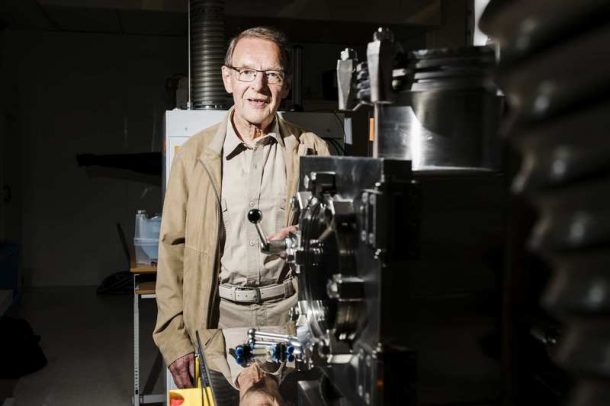Tuomo Suntola, a Finnish physicist, has won the Nobel of Technology Award for his innovative technology to reduce the size of smart devices like computers and mobile phones. The 74-year old Finnish physicist was awarded the Millennium Technology Award, also known as Nobel of Technology award for his work to modernization and miniaturization of smart devices and computers.
The Ph.D physicist has won the prize which was worth one million euros for developing the technology of Atomic Layer Deposition (ALD). He manufactured ultra-thin layers of materials for various electrical and tech devices such as microprocessors, smartphones, computers, and digital memory devices. ALD has increased the performance and life of these devices and converted them into smaller sizes. ALD stores thin layers of materials which have no electricity but can possess electrostatic forces. This technology is being used for a lot of devices all around the world.

Finnish Academy of Technology said, “The rewarded innovation, the ALD (Atomic Layer Deposition), is a nanotechnology that is used throughout the world.” Suntola worked on developing this technology in 1974 when he wanted to replace large and heavy computer monitors with flat and electroluminescent screens. Suntola said, “In the beginning, we did not have a lab, but I had glued the periodic table of elements to the wall and looked at it to make a mixture of its members.”
The scientist said that since his youth he has been very interested in physics and used to build radios with his friends. The technology was introduced in 1990 when there was a need to build thin layers of materials for the high tech sector. He said, “The ALD makes it possible to increase the density of components significantly, in other words, today we would not have the capabilities that we know today in our smartphones or computers without the ALD technology.”


